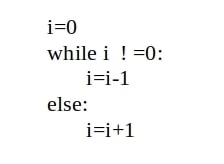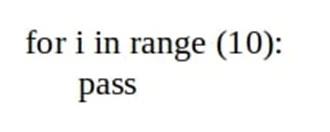Certified Associate in Python Programming
Here you have the best Python Institute PCAP practice exam questions
- You have 141 total questions to study from
- Each page has 5 questions, making a total of 29 pages
- You can navigate through the pages using the buttons at the bottom
- This questions were last updated on June 7, 2025
- This site is not affiliated with or endorsed by Python Institute.

